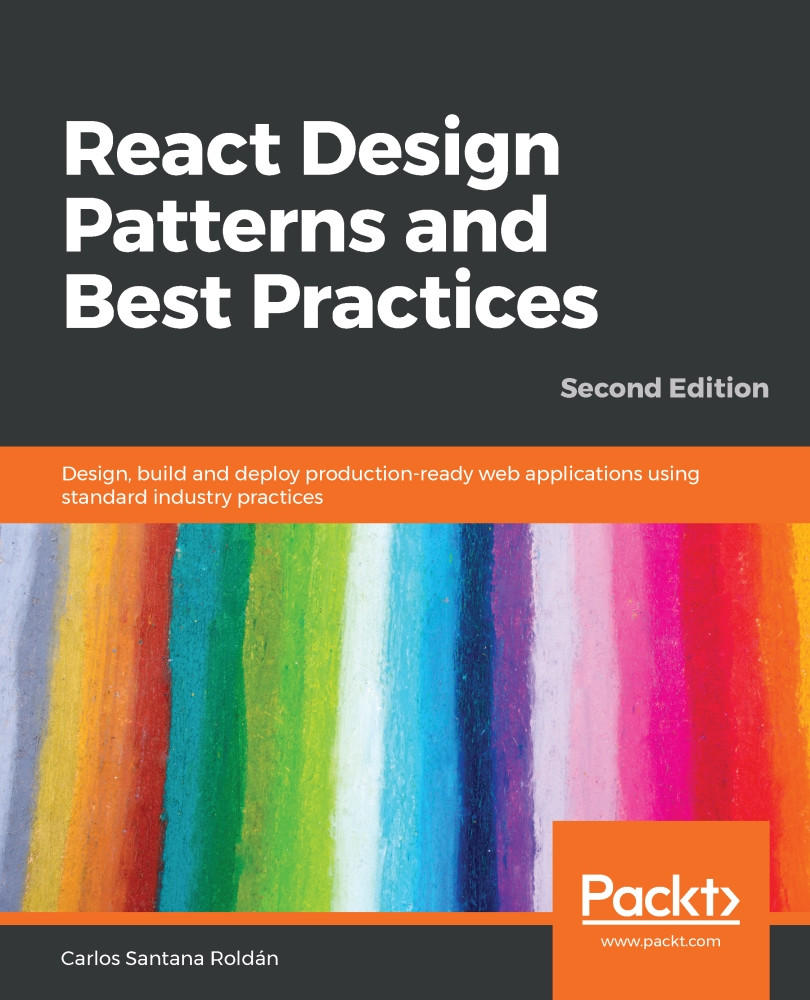So far, you have learned how to use React Router for basic routes (one-level routes). Now, I will show you how to add some parameters to the routes and get them into our components.
For this example, we will create a Contacts component to display a list of contacts when we visit /contacts route, but we will show the contact information (name, phone, and email) when the user visits /contacts/:contactId.
The first thing we need to do is to create our Contacts component. Let's use this skeleton:
import React, { Component } from 'react';
import './Contacts.css';
class Contacts extends Component {
// For now we are going to add our contacts to our
// local state, but normally this should come
// from some service.
state = {
contacts: [
{
id: 1,
name: 'Carlos Santana',
...

